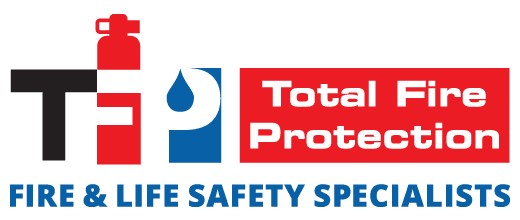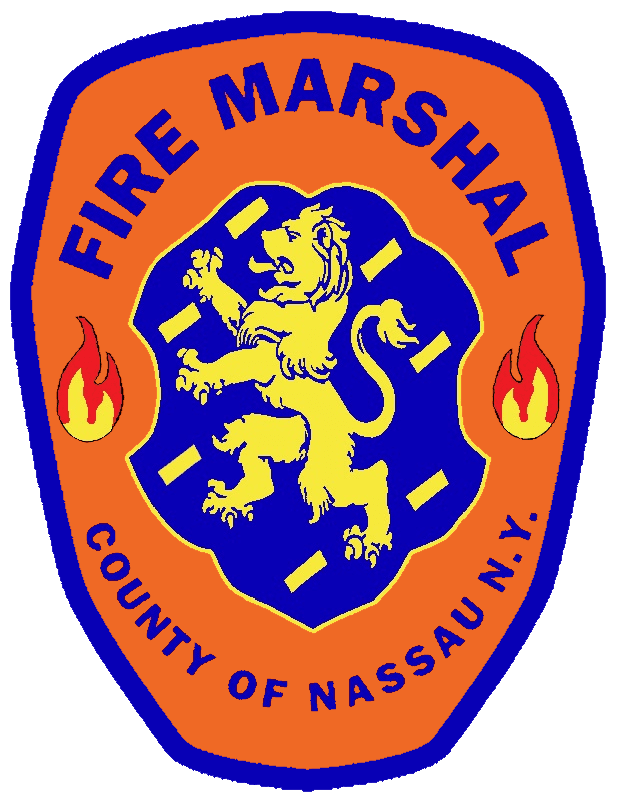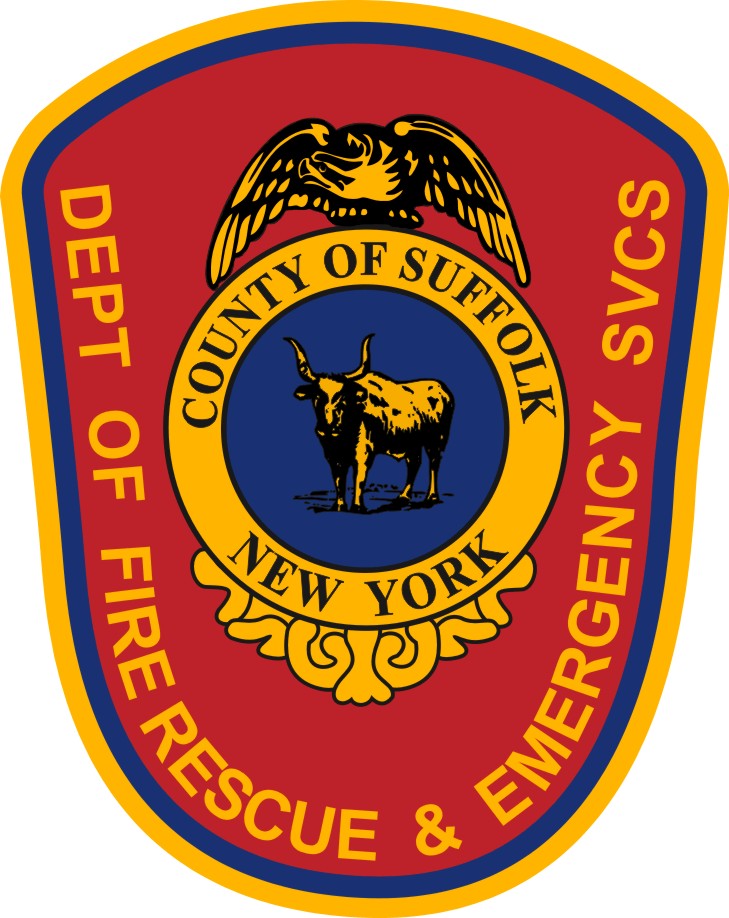Nassau County’s Approach to Fire Safety
Nassau County employs a more centralized approach to fire protection and safety, largely overseen by the Nassau County Fire Commission. This governing body coordinates county fire safety regulations, inspections, and educational programs. The commission’s structure facilitates uniformity in fire safety standards, particularly in densely populated and multi-family residential areas, which have seen stricter regulations in recent years.

 Nassau’s Centralized Fire Service Structure
Nassau’s Centralized Fire Service Structure
Nassau County’s fire services are coordinated under a central command, which includes a mix of career and volunteer fire departments. Larger municipalities within the county often employ full-time firefighters, ensuring rapid response capabilities and consistent training standards.
Nassau County Fire Marshal’s Office
The Fire Marshal’s Office is pivotal in maintaining fire safety across the county. It conducts regular inspections of commercial properties, ensuring compliance with state and county-specific regulations. The office also offers public education programs to promote fire safety awareness among business owners and residents.
Office of Emergency Management
Nassau County has a centralized Office of Emergency Management that coordinates responses to large-scale emergencies, including major fires. This office works closely with the Fire Commission and other local agencies to ensure preparedness and rapid response to fire incidents.
Suffolk County’s Fire Safety Model
In contrast, Suffolk County operates under a more decentralized model. With 109 volunteer fire departments operating independently under local fire districts, Suffolk County allows for greater local control over fire safety standards. This flexibility enables individual towns and villages to adopt additional fire safety codes beyond the state-mandated requirements, tailored to their specific needs and risks

 Suffolk’s Decentralized Fire Departments
Suffolk’s Decentralized Fire Departments
Suffolk County’s fire protection services are predominantly volunteer-based, with each department operating independently. This structure allows for localized decision-making and the ability to address specific community needs. However, it also requires businesses to be more proactive in understanding and adhering to their local fire district’s regulations.
Local Fire Districts and Codes
Unlike Nassau County, where fire codes are uniformly enforced, Suffolk allows individual municipalities to impose fire safety regulations and state codes. This means that businesses must stay informed about both state and local fire safety requirements.
Suffolk County Fire Academy
The Suffolk County Fire Academy supports fire prevention and training efforts in Suffolk. The Vocational Education and Extension Board is contracted with the Suffolk County Department of Fire Rescue and Emergency Services. The academy offers basic and advanced firefighting training, ensuring volunteers are well-prepared to handle fire emergencies.Commonalities in the Counties
Both Nassau and Suffolk Counties follow the New York State Uniform Fire Prevention and Building Code as a baseline for fire safety. However, the critical difference lies in how each county implements and enforces additional fire safety regulations, which can significantly impact commercial businesses.
Key Differences for Commercial Businesses
For commercial operations, especially those with multiple locations, these regulatory differences between Nassau and Suffolk Counties are more than just administrative nuances. They can directly impact how businesses plan, manage, and execute fire safety protocols.
Consistency vs. Flexibility
Nassau’s approach offers businesses greater predictability, as compliance is uniform throughout the county. This provides a predictable and standardized approach to fire safety for businesses, reducing confusion and ensuring consistency across different properties. This is particularly advantageous for more extensive commercial enterprises that prioritize efficiency and want to avoid the complexities of navigating varied regulations.
Localized Control
While Suffolk’s model offers flexibility that allows for more tailored fire safety solutions, it can introduce challenges for businesses adapting to different fire districts’ codes. Commercial properties in Suffolk must invest time and resources to ensure compliance with each district’s specific regulations, which could involve more frequent inspections or additional fire protection measures. Businesses must proactively understand and adhere to each district’s unique requirements.
Nassau vs. Suffolk: A Compliance Strategy
To ensure compliance, businesses must understand the key regulatory differences between Nassau’s uniform regulations and Suffolk’s localized adaptability. Staying informed about your property’s specific requirements isn’t just about following the rules—it’s about optimizing safety, minimizing risk, ensuring operational efficiency, and avoiding potential fines.

 Nassau’s Centralized Fire Service Structure
Nassau’s Centralized Fire Service Structure Suffolk’s Decentralized Fire Departments
Suffolk’s Decentralized Fire Departments


